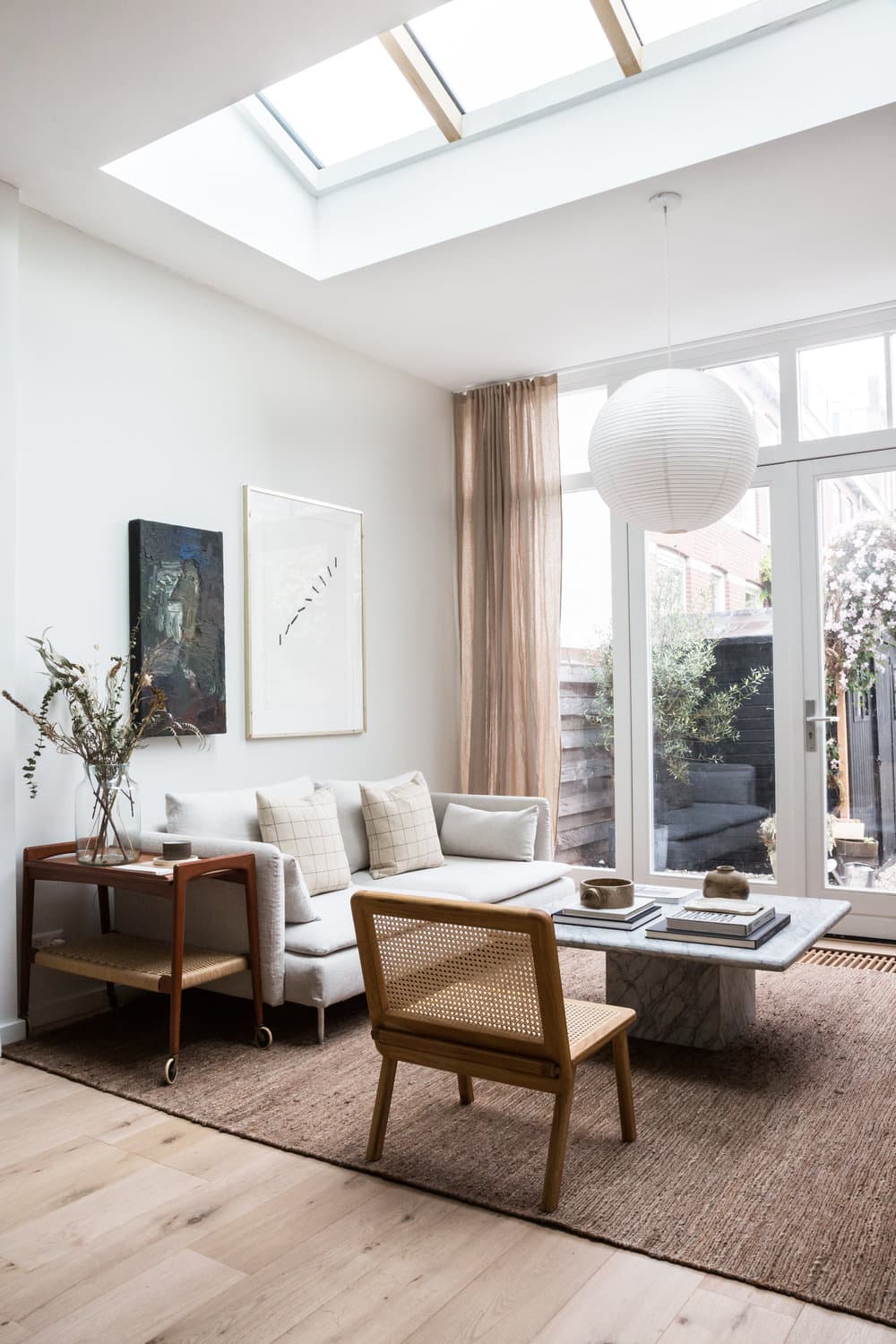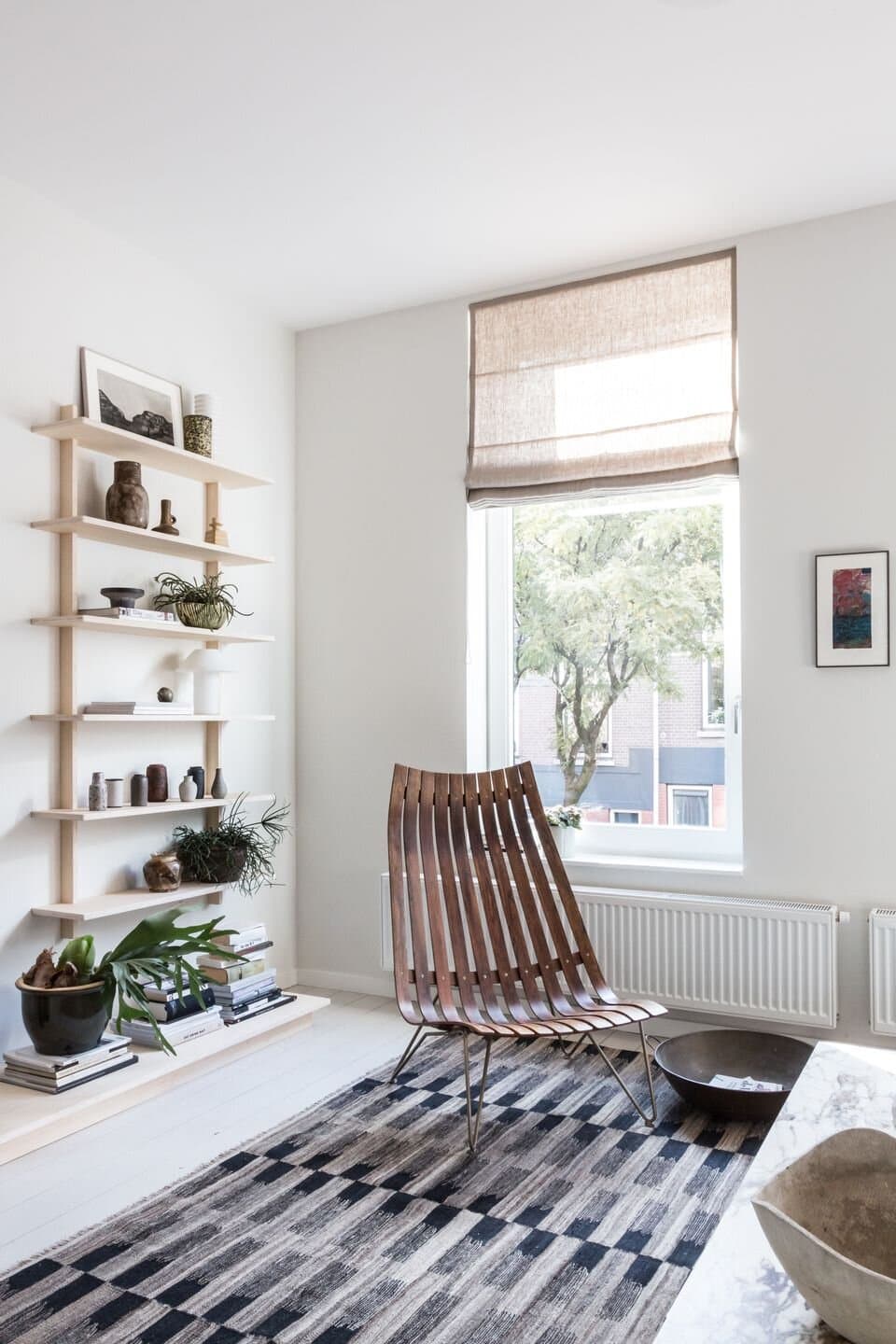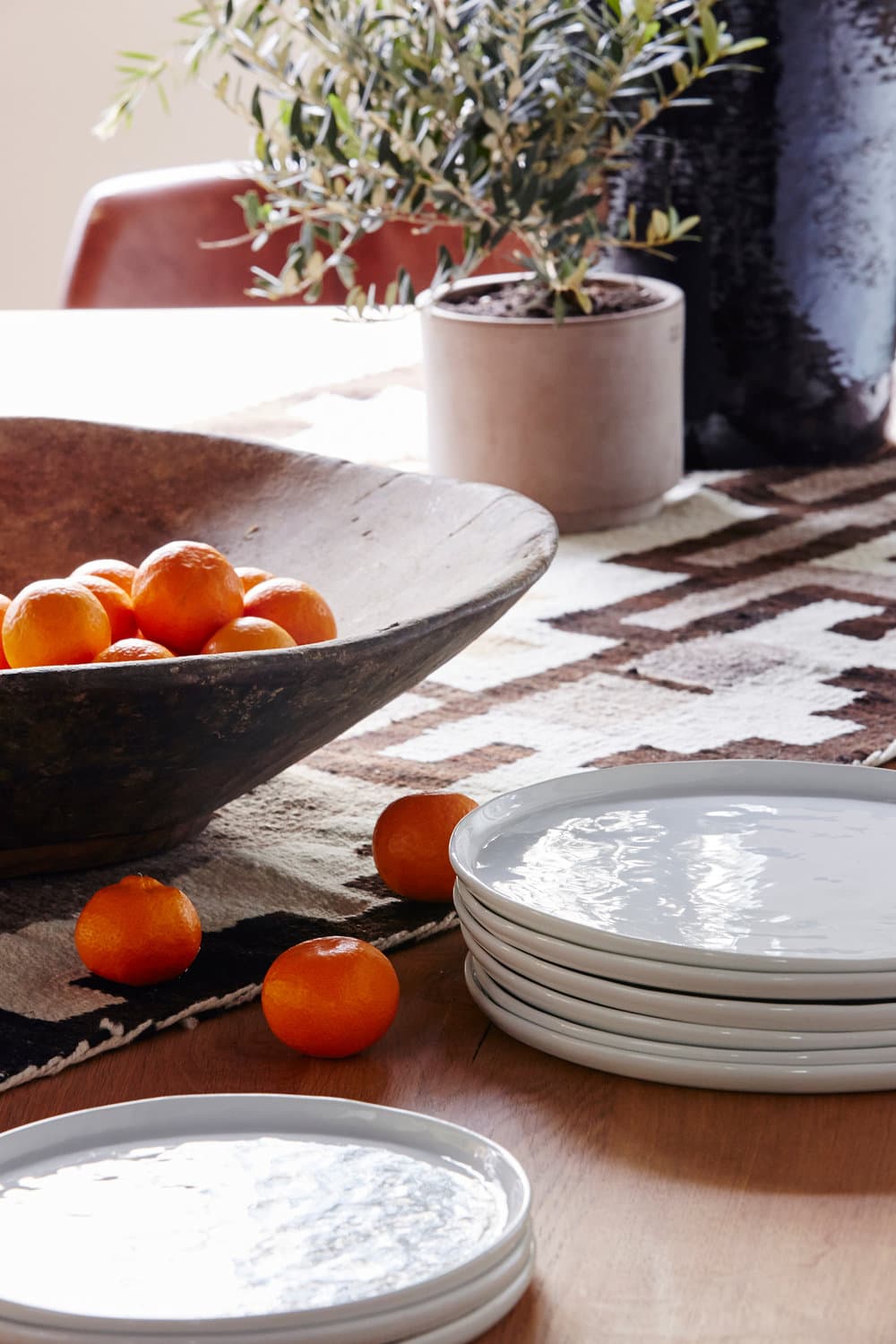Want To Achieve Your Dream Home? Here’s What You Need To Do
Are you a homeowner who’s dreaming of creating a cozy and stylish space that’s all about you?

While more than a stone throw away, it would be easy to assume that Japan and Scandinavia is an unlikely pairing. It’s only when you begin to put the styles side-by-side when you notice their similarities and emphasis on simplicity, nature, and comfort. Japandi is a wonderful hybrid mixture of modern and simplistic Scandinavian design with minimalistic Japanese influence. Its emergence has become an interior stylists’ favourite when it comes to blending two styles together; for their similarities as well as profound cultural differences.
The word “Japandi” is sure to make its way into the Oxford dictionary soon. Over the last year, we’re seeing the fusion of Japanese and Scandinavian interiors take over homes, as well as our social feeds. Its intricate simplicity and functional approach allow a space to speak for itself, making it one of my favourite styles to date.
Based on the Wabi-Sabi philosophy, Japandi embraces the perfection found within imperfection. The interior style brings together the simplicity and warmth of Scandinavian design and combines it with the calming and zen elements found within Japanese interiors. Bringing two styles together isn’t the easiest and yet Japandi makes it effortless.
By bringing the two styles together, Japandi certainly doesn’t lose sight of the importance of functional design and natural elements. If anything it underlines the value of such elements and marries them together perfectly. The style is much more to do with quality over quantity and pays special attention to craftsmanship; creating a space that’s carefully curated with pieces made to last as well as made for comfort and relaxation.
While Scandinavian interiors look to whites, greys, and pastel shades, the influence of Japanese design allows for rich earthy tones to be used around your home giving a contrasting aesthetic. The Japandi colour palette spans far and wide, from neutral browns and creams to warm earthy tones of reds such as Red Earth by Farrow & Ball, deep greens such as Enchanted Eden by Dulux, oranges, and charcoal greys.

The simple touches of wooden furniture and decor, where wood has been naturally processed, work magic when bringing Japandi into your home. You could decide to focus on statement pieces of wooden furniture such as this woven cane cupboard or opt for something softer such as a natural woven cane sphere pendant or Tongue and Groove if you are wanting to add subtle features into your home. Noteworthy: When looking to purchase wood from the likes of B&Q, it’s better to go prepared with your measurements and have the wood cut for you… saves you from having to do it.
While the style encourages you to stay clear of loud pops of colour, it’s possible to play around with wooden tones to create the ambient look and feel often found inside Japandi inspired homes. Personally, I find the perfect Japandi combo to be a lighter wood floor paired with darker wooden furniture, accompanied by hand-made ceramics and rice papers lamps. That way you bring a wide variety of materials that balance each other out, creating a harmonious space because of it.

Keeping furniture low to the ground is in keeping with Japandi, as low seating in wonderfully common in Japanese homes. In Japanese culture, there is a preference to have seats as close to the earth as possible and in a sense, I feel that comes with a level of groundedness and connection that as a concept and philosophy, I absolutely love. Whether you decide to choose low seats or opt for a low platform bed achieving a serene yet functional look is guaranteed.
Whereas in Scandinavia, the bedroom is considered a place for those hygge moments; time and space to appreciate a day gone by or to prepare for the day ahead. By adding natural materials such as linen bedding and fabrics to lay over your bed, you can balance key elements found within Japandi interiors without needing to go above and beyond, in true Japanese and Scandinavian fashion.

As mentioned earlier, wabi-sabi is a Zen world view and philosophy that’s prevalent in Japanese culture; it’s a view that finds beauty in every aspect of imperfection in nature. While Wabi means ‘the elegant beauty of humble simplicity’, Sabi means ‘the passing of time and subsequent deterioration’ showing that an item has lived a life before it got to you, and encourages us to embrace its imperfections because of it.
Appreciating objects you already own that are chipped or faded, gives us the space to look deeper at these finer details that give objects character. It’s for this reason there is no right or wrong way on how to embrace the philosophy of wabi-sabi. It is a shift in perspective, a slowing down. Wabi-sabi could be keeping hold of weathered objects or hand-crafted pieces that have obvious wood knots in them and being grateful for them. Giving cracked bowls and pots that are slightly misshapen, such as these beautiful concrete trays, a place of a coffee table or shelves. It is about embracing imperfection, rather than constantly seeking the opposite.

To bring home the look of Japandi, it is worth taking a look into biophilic design which plays an important role when it comes to bringing outdoor elements into your home. While many have flocked to creating an at-home jungle over the recent years, Japandi looks to greenery to enhances a space, rather than to overwhelm it.
Think minimalism injected with a sense of character when picking your houseplants and vases; simplify the look the wabi-sabi way by embracing simplicity and celebrating imperfection. A bare plant placed inside a much-loved vase is an approach taken and loved by many.

Functional and stylish, serene and comfortable. Japandi embodies the rich makeup of both Scandinavian and Japanese design. It is a trend as well as a way of living, that looks to weave in majestic natural materials such as wood, stone, concrete, and bamboo to quite literally bring a space to life. Japandi touches on all the right places when it comes to creating a home that presents itself as a place of refuge after a long day.
Photo credits: 1. Avenue Lifestyle 2. Avenue Lifestyle 3. Avenue Lifestyle 4. Jenna Peffley 5. Avenue Lifestyle

Are you a homeowner who’s dreaming of creating a cozy and stylish space that’s all about you?

understanding how to use layered lighting can dramatically elevate the ambiance and functionality of your spaces, preparing them for the upcoming change in seasons.

If you're after a warm, stylish, and timeless vibe, mid-century lighting is your best friend. With its sculptural shapes, matte metals, and diffused glow, it brings instant character to any corner—without overpowering your space.